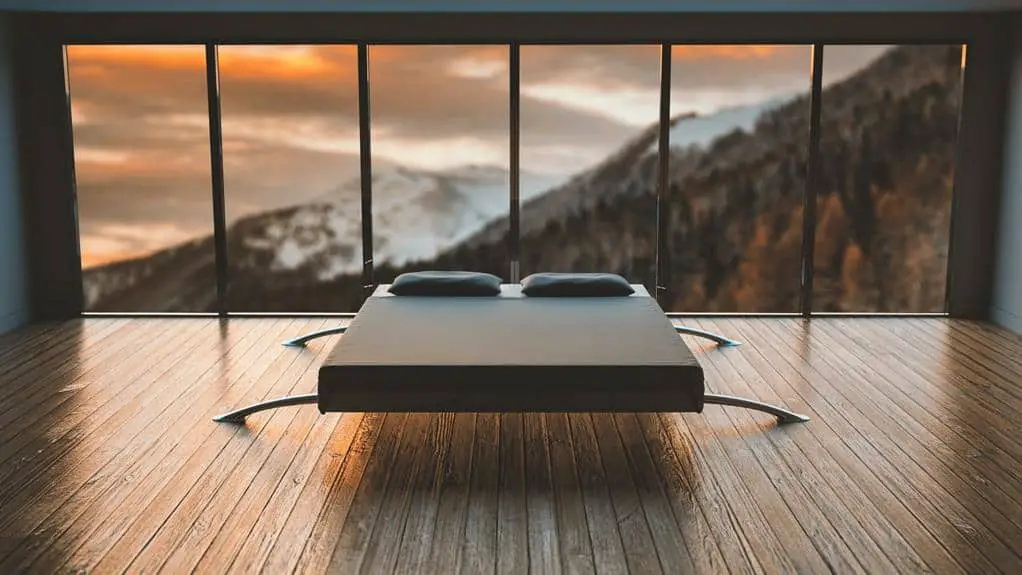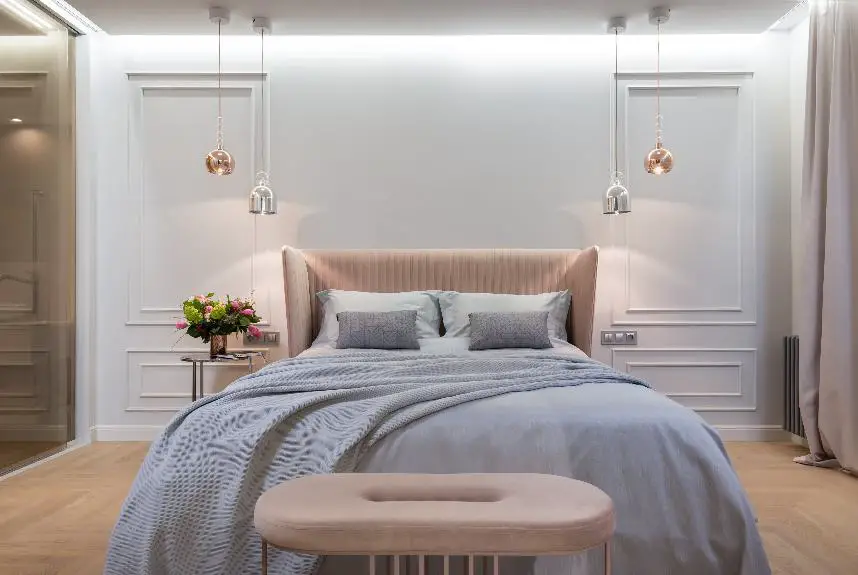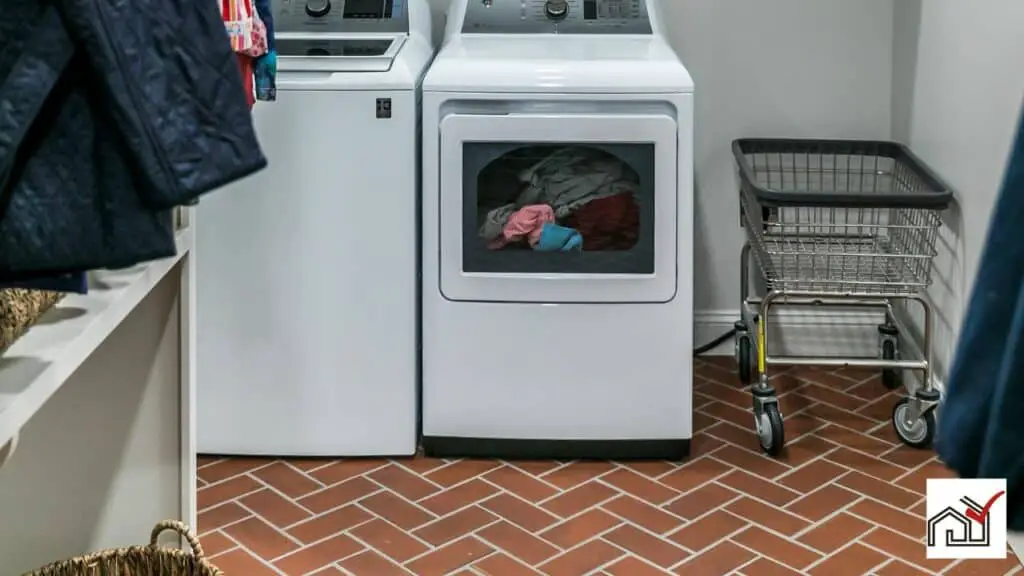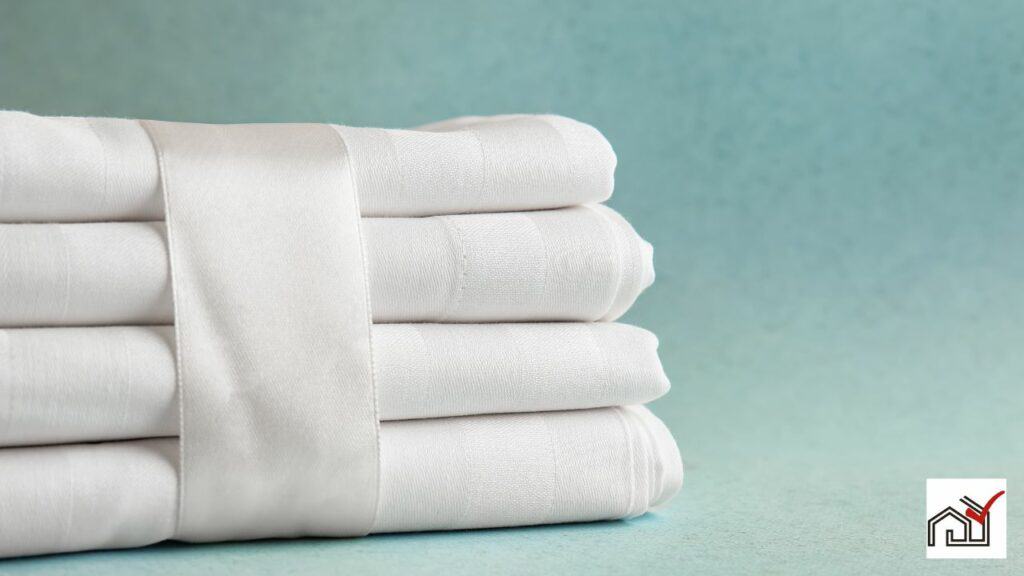The placement of pillows on a bed affects both the room's look and the sleeper's comfort. The direction of the pillow's open end can be inside or outside, depending on personal preference, cultural practices, or health reasons.
Interior designers often arrange pillows to match the room's decor. For cleanliness, some may place the open end of the pillowcase facing outwards to reduce the entry of dust.
This discussion will consider the factors that determine pillow positioning and offer advice on the best placement for comfort and visual appeal.
The Basics of Pillow Placement
Proper pillow placement is important for both the look of a bed and cleanliness. Typically, the pillowcase opening faces the inside of the bed for a tidy appearance. This style is common in formal settings.
Alternatively, having the pillowcase opening face the edge of the bed can be better for hygiene. It helps prevent contaminants from reaching the pillow's surface.
In the past, pillows with the opening facing out were used to keep feathers in. This also displayed the bed-making skills of the time.
Nowadays, people can place pillows with the opening out during the day for visual appeal and turn them inwards at night for cleanliness. This balances both appearance and hygiene.
Pillow Orientation for Comfort
The way pillows are oriented can greatly impact comfort. Some people prefer not to feel the seam of the pillowcase, so they position it facing down or away from their face for a smoother surface that can increase comfort. The type of fabric used for the pillowcase is also important, as some materials can irritate the skin if the seam is in contact with the body.
Moreover, the position of the pillowcase opening can affect a sense of security or cleanliness. Having the opening face inward can create a more enclosed feeling, which may help some people relax. On the other hand, pointing the opening outward can help prevent contact with allergens or germs.
For couples with different preferences for pillow orientation, a solution is to face the pillow outward during the day and inward at night to satisfy both needs. This approach shows that pillow orientation is a personal choice that can contribute to individual comfort and peace at home.
Aesthetic Appeal of Pillow Positioning
Pillow positioning on a bed affects its overall look and can reflect personal style and attention to detail. Arranging pillows with the open end facing outwards can give the bed a tidy and deliberate look, highlighting the pillows' designs. Alternatively, placing the open end towards the inside of the bed can produce a streamlined and tight appearance, similar to the precision found in military settings.
Historically, the practice of having the open end of the pillow face the bed's edge was used to keep feather stuffing in place, which adds a traditional element to the decor. The visual appeal of pillow arrangement is based on personal preference and can be tailored to fit various decor styles.
Thoughtful pillow placement plays an essential role in bed-making and establishing the room's ambiance.
Cultural Influences on Pillow Direction
Cultural practices influence how pillows are placed on a bed, with varying preferences worldwide. These practices are often based on traditions and can reflect regional values or history. For example, in military boot camps, pillows must face a certain direction as part of discipline, emphasizing order and uniformity.
Nursing schools teach specific bed-making techniques, which may include pillow direction for reasons such as hygiene or patient care efficiency. These standards can influence personal habits. Family traditions may also play a role, with some preferring the pillowcase's open end to face inward for a neater look.
Personal preferences and beliefs also affect these norms, as seen in diverse opinions on pillowcase orientation, similar to differing views on toilet paper placement. However, many consider the direction pillows face as a minor issue.
Individuals may choose pillowcase orientation based on comfort, such as avoiding the open end of the pillowcase when sleeping on a particular side of the bed. Despite cultural influences, personal choice and specific situations often determine how pillows are placed.
Pillow Arrangement in Interior Design
In interior design, the arrangement of pillows can improve the look and comfort of a bedroom. Designers consider both style and function, including the direction of pillowcase openings when setting up a bed. The open end of the pillowcase can face either towards the outer edges for symmetry or inwards for hygiene, especially in guest rooms and hotels.
Different design approaches cater to cleanliness or aesthetics. For shared spaces, pillows can be positioned with open ends outwards for a tidy appearance during the day and reversed for comfort at night. Comfort considerations also include avoiding discomfort from metal zippers, influencing pillowcase orientation.
Ultimately, while there are no absolute rules for pillow placement, balancing visual appeal with practicality is key to a welcoming bedroom design.
Pillow Face Direction for Health
Placing the open end of a pillowcase away from the bed during sleep can help reduce the entry of airborne contaminants. This position may decrease the chance of inhaling germs, dust, and particles that could contact the face and respiratory system. The side of the bed serves as a barrier, and having the pillowcase's opening face inward can protect the sleeping area from allergens and pathogens.
For those with allergies or respiratory issues, this pillowcase orientation could be especially beneficial. It may enhance sleep quality and lower the risk of airborne diseases.
Historically, positioning the open end of the pillow towards the bed's interior helped keep feather filling in place. Now, it is also considered a hygienic practice.
For couples with different preferences for pillow arrangement, a compromise can be made by decorating the bed with outward-facing pillows during the day and turning them inward at night for health advantages, demonstrating consideration and respect for each other's preferences.
Common Pillow Placement Mistakes
Common mistakes in pillow placement include:
- Facing the open end of pillowcases outward, which can cause the pillow's filling to spill and accumulate dust and allergens, posing a risk to people with allergies or respiratory issues.
- Having the open end of the pillowcase towards the bed's edge, a practice that can lead to a messy look when filling escapes and reduces the pillow's support and lifespan.
Some individuals may not focus on pillowcase orientation due to pressing life issues, but overlooking this can impact sleep quality.
To avoid discomfort, others might position the pillow with the opening at the top or bottom, which can also lead to spillage of the filling.
Despite personal preferences affecting pillow arrangement, it is important to consider proper placement to maintain sleep hygiene and bedroom aesthetics.
Tips for Perfect Pillow Alignment
For proper pillow alignment, position the pillow's open end according to personal preference and cleanliness habits. When arranging pillows on a king-size bed, aim for symmetry and even spacing to achieve a clean look. Some people prefer the open ends of the pillowcases to face inward to feel more secure and to keep insects or worries at bay.
In healthcare settings, it's recommended to have the open end of the pillow facing outward to reduce germ accumulation and allergens, which is crucial for health.
For couples using a king-size bed, pillows can be arranged with the open ends facing outward for a visually appealing setup during the day, then adjusted for individual comfort preferences at night.
The choice of pillowcase orientation is subjective and should cater to personal comfort, aesthetic preferences, health considerations, or individual beliefs. The best pillow alignment on a king-size bed meets the sleepers' specific needs.





